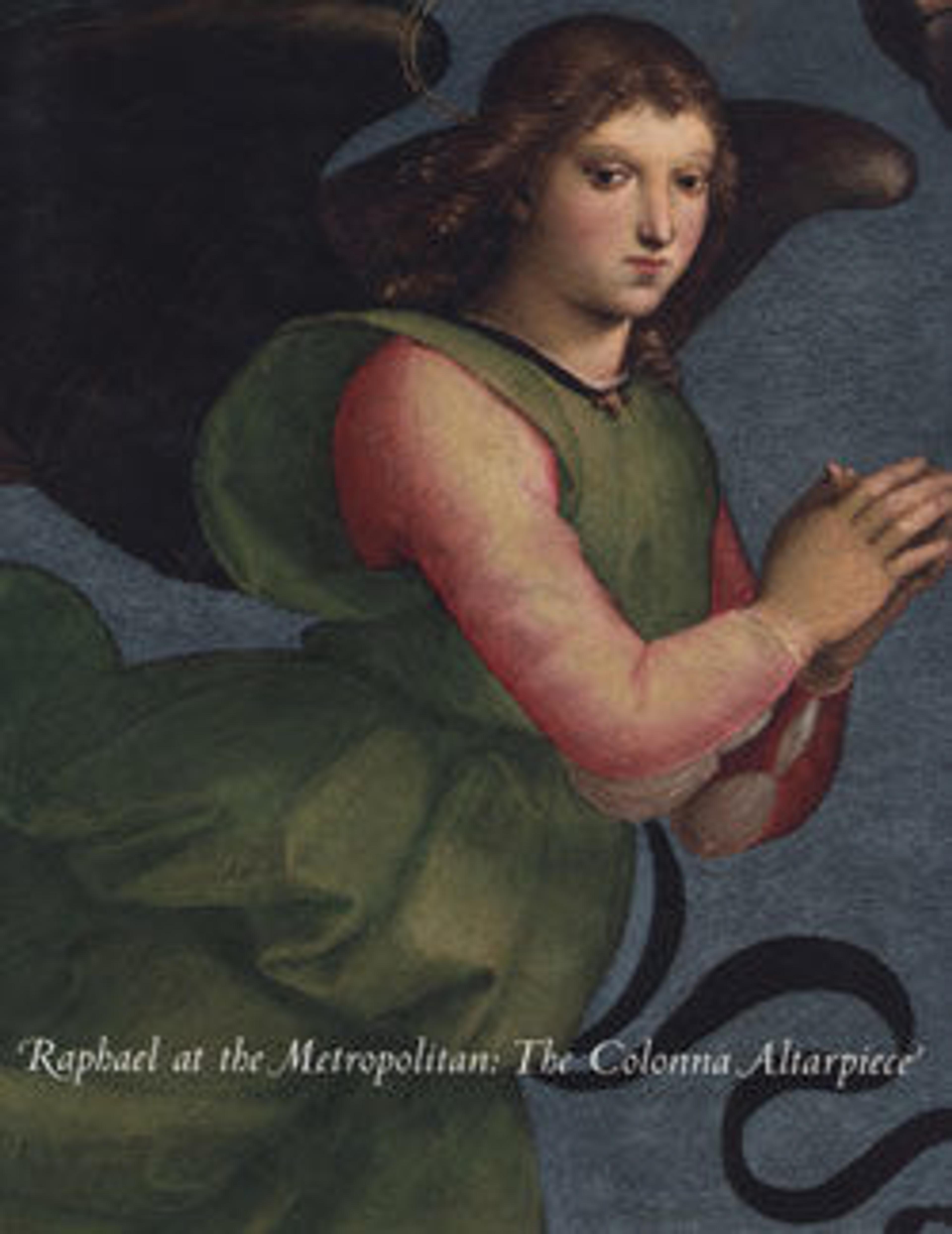Saint John the Baptist; Saint Lucy
These two panels are from an enormous double-sided altarpiece on the high altar of the church of Santissima Annunziata, Florence. Begun by Filippino Lippi in 1502, it was completed after his death by Perugino. The altarpiece had the form of a Roman triumphal arch, with large scenes flanked by Perugino’s standing saints, which are notable for the subdued coloring and subtle treatment of light. For more about these paintings, including a reconstruction of the altarpiece, visit their collection records at The Met website.
Artwork Details
- Title: Saint John the Baptist; Saint Lucy
- Artist: Perugino (Pietro di Cristoforo Vannucci) (Italian, Città della Pieve, active by 1469–died 1523 Fontignano)
- Medium: Oil(?) on wood
- Dimensions: Each 63 x 26 3/8 in. (160 x 67 cm)
- Classification: Paintings
- Credit Line: Gift of The Jack and Belle Linsky Foundation, 1981
- Object Number: 1981.293.1–2
- Curatorial Department: European Paintings
More Artwork
Research Resources
The Met provides unparalleled resources for research and welcomes an international community of students and scholars. The Met's Open Access API is where creators and researchers can connect to the The Met collection. Open Access data and public domain images are available for unrestricted commercial and noncommercial use without permission or fee.
To request images under copyright and other restrictions, please use this Image Request form.
Feedback
We continue to research and examine historical and cultural context for objects in The Met collection. If you have comments or questions about this object record, please contact us using the form below. The Museum looks forward to receiving your comments.
